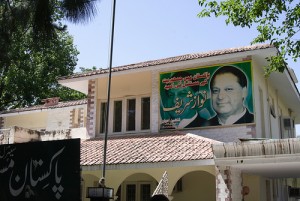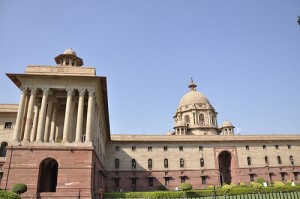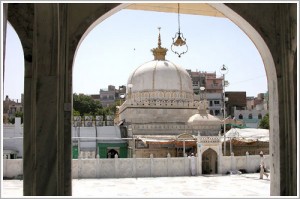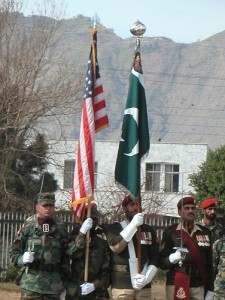
Nawaz Sharif’s swearing-in as prime minister on June 5 represents yet another “second chance” both for Pakistan and for him. Unlike many of the analyses coming from the world outside Pakistan, we believe that the most important question is how he follows through on the promises of prosperity and governance that he made in his first speech to parliament. Accordingly, we will examine his domestic prospects here. His domestic track record will affect his freedom of action on foreign policy; we will explore this in a second essay. One theme that runs through both is that the United States needs to focus more of its attention on Pakistan as Pakistan, rather than viewing the country as a sideshow of the Afghan drama.
Continue reading “Nawaz Sharif’s New Government: First, Focus on Pakistan”





